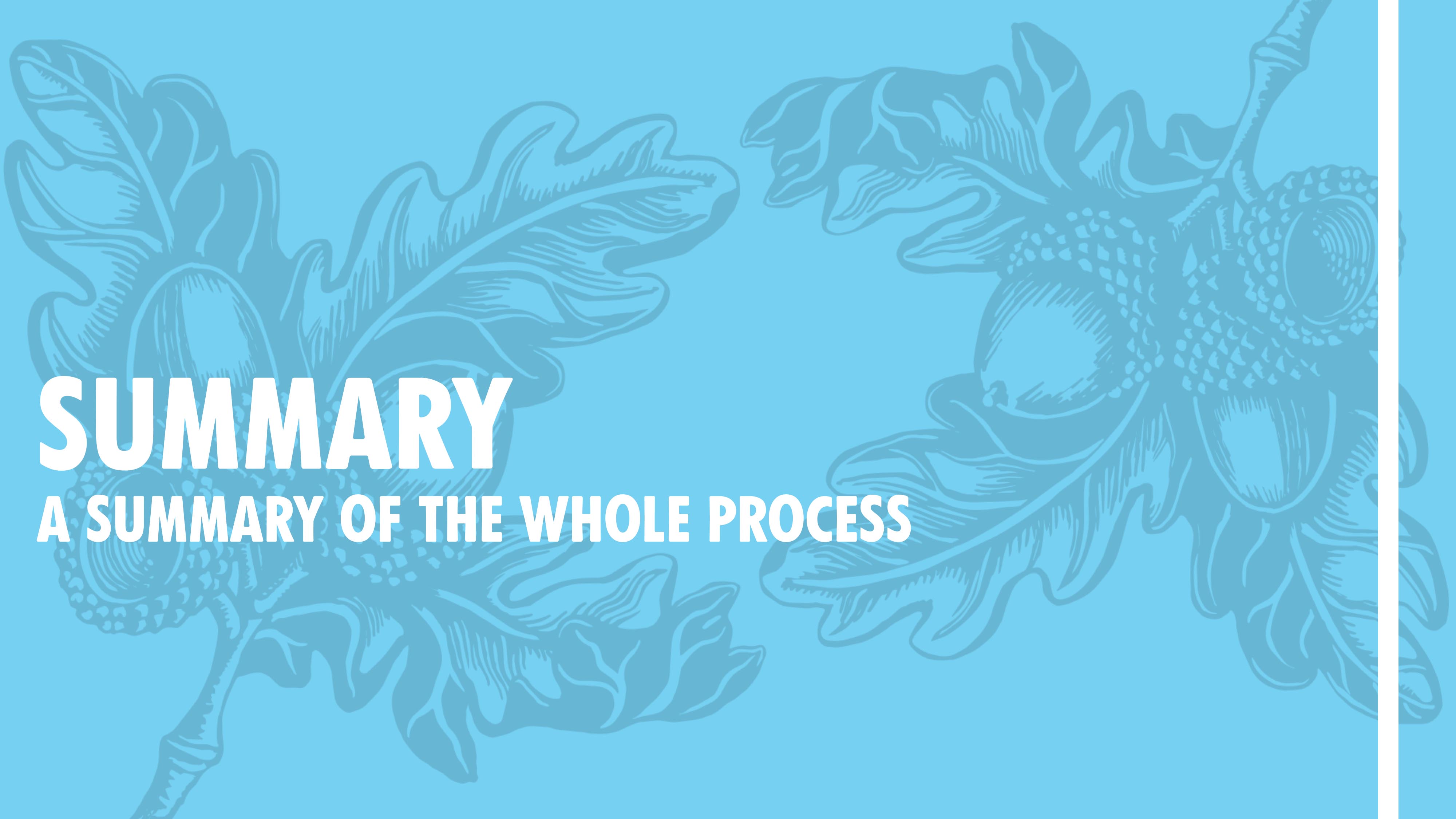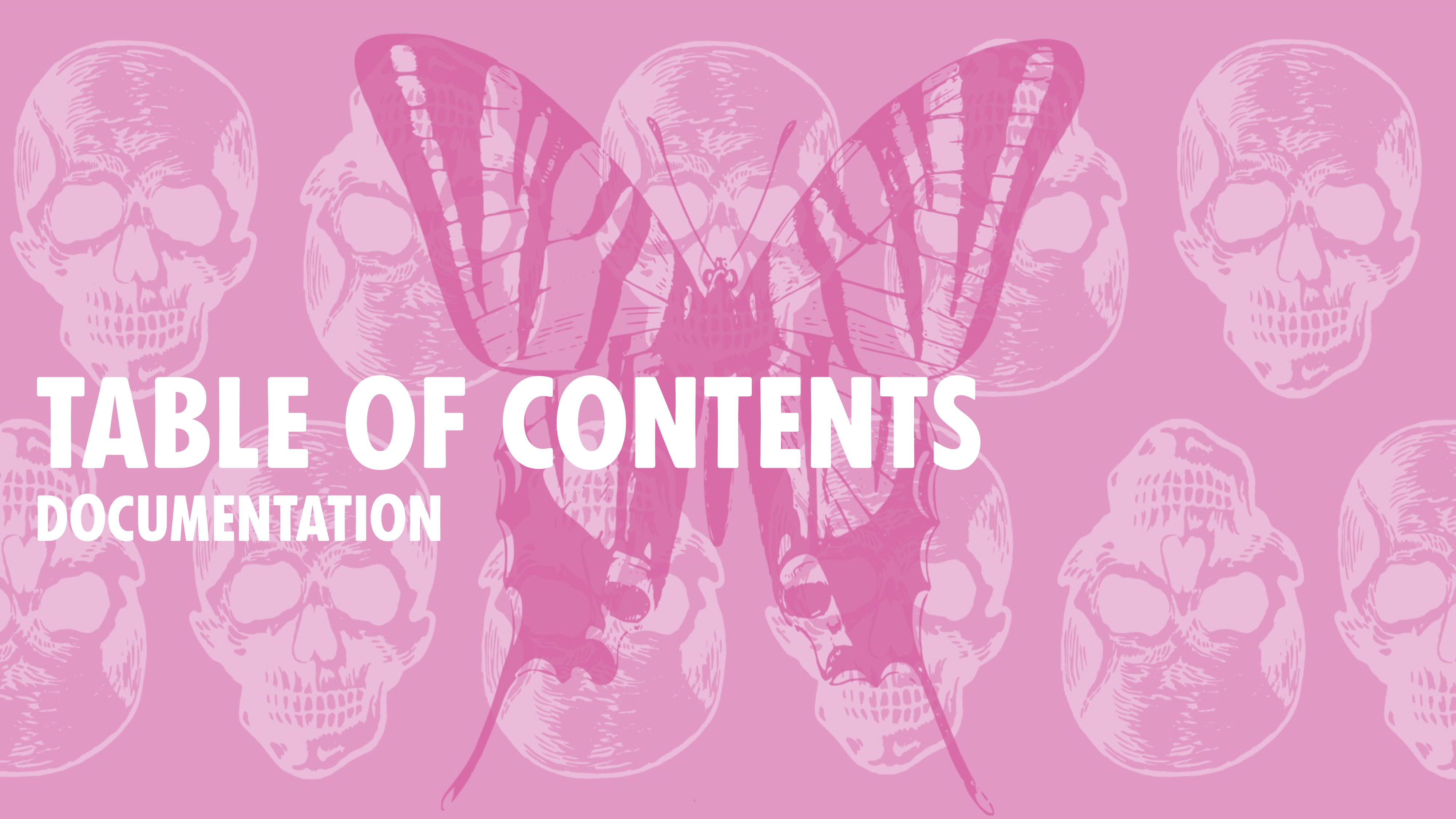Week 0
Written on August 4th, 2023 by Laura Weller
Before I started on my internship at De Waag I took some time to prepare for it. I made an Internship plan and uploaded that on OnStage.

See below my internship plan:
| Student Name | Student Number | Dimension | Specilisation | Minor | Mentor |
|---|---|---|---|---|---|
| Laura Weller | 500844365 | Design | Hypercraft | Textiles | Marjolein van der Spoel |
Context of your internship
Why this internship?
This internship offers me to dives deeper into three dimensions within design that I have shown interest in in the past 3 years of AMFI: fabricated design (makerslab), biomaterials (textiles minor) and digital design (3D hypercraft)
What do you want to achieve, what career opportunities do you envision?
I envision much creativity, inspiration, experimentation and research. I envision a job for myself as researcher who dives deeper into the translation between biomaterials, (bio) fabricated materials and digital design.
What are your expectations of the internship?
In the first month I expect to get acquainted with all the machines, the softwares and the way of working at de Waag. I expect to have some guidance and be able to ask a zillion of questions. In the other months, I expect to have quite a lot of freedom in terms of interpretation of the internship since I am free to do my own project. I think the internship place expects me to be proactive in what I do and to communicate well where I stand on my personal project.
What will you take with you to your internship?
I will take my skills at the makerslab, biomaterial skills, but also organizational skills and research skills with me to the internship.
What are you good at?
I have good organizational skills, I am pro-active and I like to experiment. These soft skills come in handy when starting at an internship company that lets me do mostly my own project.
What skills can you already apply?
I have skills in creating biomaterials, working in the Makerslab (so working with 3D printers, lasercutters, etc.) and digitalizing materials. This I can all apply in the internship.
What pitfalls will you work on?
I can work further on my fabrication skills, such as creating 3D printers, creating chips for soft robotics. Furthermore, I can also learn to work in a bigger organization of creatives.
What will be asked of you?
I must be present during the open day of the Fablab every Thursday to explain the Fablab. The other 3 days I can work on my own project, which is working on biomaterials and fabricated materials and digitalizing them for digital design on an open-source platform. Describe the company DNA (vision, mission, values and aims) and the company culture (small/big, formal/informal etc). Waag works in a trans-disciplinary team of designers, artists and scientists, utilising public research methods in the realms of technology and society. This is how Waag empowers as many people as possible to design an open, honest and inclusive future. Mission Waag Futurelab contributes to the research, design and development of a sustainable, just society • By collectively researching emerging technology, and questioning underlying cultural assumptions; • By experimenting with and designing alternatives on the basis of public values; • By developing an open, fair and inclusive future together with civil society.
The work of Waag knows many shapes and forms: it varies from co-creation sessions and educational programmes to toolkits, walks or hardware. As open source is of great importance to Waag, all the work is shared on their website: www.waag.org. The part within Waag where I will be working is the FabLab. A Fab Lab is a workplace that offers access to a number of computer-controlled prototyping machines, where users can convert their ideas into tangible products. In this way technology is democratized in order to serve as a place for experimental innovation for a broad target group. The concept of Fab Lab was developed by Neil Gershenfeld from MIT during a class ‘How to make almost anything’. It’s an abbreviation of Fabrication Laboratory. Since then, Fab Labs have developed into a global network of standardised open hardware setups. FabLab Amsterdam is situated on the first floor of the Waag monument in Amsterdam. At FabLab Amsterdam, Waag offers workshop formats for education and the Academy programmes in the field of digital fabrication, biotechnology and textiles/new materials. We also use the Fab Lab as a rapid prototyping facility for our own projects. The FabLab in Amsterdam is part of a global network, sharing knowledge and ideas. FabLab Amsterdam also participates in the international Fab Academy, a distributed course in digital fabrication from MIT. Waag regularly schedules events that use the facilities of the FabLab.
Describe and analyse the structure of the company (f.e. according to an organogram), its nature (its products/services), target group and market position (according to a SWOT analysis)
Founder & director De Waag: Marleen Stikker
| Department | Department | Department | Department |
|---|---|---|---|
| Make | Life | Coat | Learn |
| Fablab & Textilelab | Urban Ecologies | Internet related | Makers education |
Department Interface (communication) is intertwined in all of the above
The products and serives De Waag offers is open source information on a numerous of things, such as biomaterials, research on urban ecology, internet usage and fabricated materials/projects.
Target group of De Waag are designers, artists and scientists, utilising public research methods in the realms of technology and society.
Workactivities
Specify your internship workactivities/project or research.
My internship will take 4 days a week. During my time at De Waag I will help out on their open day 1 day in the week and show people the open source content we are creating, as well as help them with the usage of different machines. The other 3 days I research biomaterials and their fabric properties. Furthermore, I digitalize the biomaterials with a CLO3D kit. This means that I will take the first steps into digitalizing biomaterials for digital fashion design. The biomaterials that I create and research, I will use in my final collection for my graduation.
Learning goals and AMFI competences
- By the end of the month August, I would like to understand the way of working at De Waag. I want to understand the machines, the organizational culture and know my coworkers’ names and projects they are working on.
- By the end of the month September, I would like to have a clear understanding of my concept and which materials I could design for the creation of this concept. In order to achieve this, I will do research one day a week on my concept starting from August.
- By the end of October, I would like to be able to make chips to add to garments to create colors based on the heart rate of the wearer. In order to achieve this, I will work one day a week from September onwards on the chip machines and develop several chips to get an understanding of how they work.
- By the end of January, I would like to have researched around 30 biomaterials and fabricated materials (or a combination of them) and have those materials digitalized in an archive. In the months November, December and January I will work 2 days a week on developing and researching these materials.
- By the end of January, I would like to have a full digital document (via a website) that shows my work. In order to create this, I will work half a day each week during my whole internship period to upload and visualize my process.
Global workplan
Link the learning goals/AMFI competences to planned work activities in the internship.
RESEARCH
- Has broad knowledge of and insight into the role that the internship position has.
- Has broad knowledge of and insight into the internship company and how it is connected to the fashion industry. These can be both linked to the first SMART goal I have set for myself.
DECISION MAKING
- Is able to develop complex, innovative and strategic solutions that align with a complex context.
- Makes choices based on relevant data and considers social, professional and ethical aspects. These can be both linked to the 2nd SMART goals I have set for myself and how this SMART goal can be found back into the 3rd and 4th one.
ACTUALISATION:
- Demonstrates a professional approach from a fashion perspective.
- Takes action in an innovative, responsible and creative matter.
- The product/the service has been executed at a professional level, both on the content and form
- Is able to translate a persuasive and personal vision into a product/service for the fashion industry. These can all be found back in the 3rd and 4th SMART goal I have set for myself.
PRESENTATION:
- Communicative persuasively, authentically and at a professional level, with consideration for the complex context. This can be found back in the 5th SMART goal I have set for myself
REFLECTION:
- Develops in learning goals/competencies through reflection on own work and actions.
- Is open to feedback/feedforward reflects and act accordingly, takes responsibility for own conduct. All of these above can be found throughout my whole process of the internship but are hard to pinpoint down on one SMART goal.
ORGANIZATION:
- Takes responsibility for their own work and the study process.
- Demonstrates a sustainable and ethical attitude during the internship work activities.
- Takes responsibility for self-development and results of own work. Enters into active collaboration within/outside of the company to achieve learning and project goals. All of these above can be found throughout my whole process of the internship but are hard to pinpoint down on one SMART goal.
Describe when and how you plan on evaluating your development in the learning goals/AMFI competences
The evaluation of my learning goals can be done by sitting down at the end of each month with my internship coordinator from De Waag and AMFI to check how I am doing on my competencies. What agreements are made with your company supervisor about coaching and time dedicated to working on your process book (guideline: two hours per week)? I am sitting next to my supervisor every day, working on my own project. I have agreed that at the beginning of each month I will put down which days I am coming in and what I am working on. While working on my project I can ask any question I like concerning the machines or my process. Once a month I will have a moment to sit down with my supervisor and reflect/ask for feedback on how I work.
What is the purpose of this project or research and what is the relevance for the industry
The core of this project would be inspired by protesters and activists that inspire me, such as Extinction Rebellion and Het Woonprotest. I would like to create a range of biodegradable and fabricated materials amplified into digital and physical garments that support the vision of these protesters and activists. By doing this I would like to unite protest through clothing and seek for the future of protest and therefore advocate for social, environmental and digital change. The research question within my project is “How can bio fabricated garments support protest and activism?”
Name internship company: De Waag
Department: Fabrication Labatory
City and country: Amsterdam, The Netherlands
AMFI supervisor: Rianne de Witte Company supervisor: Henk Buursen
Date: 01-08-2023

